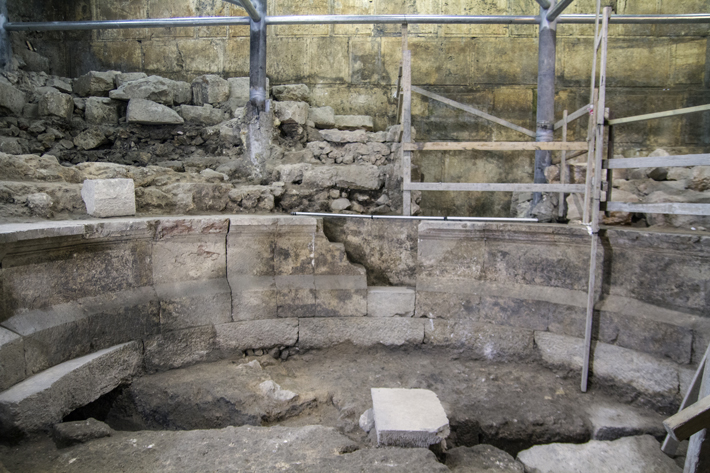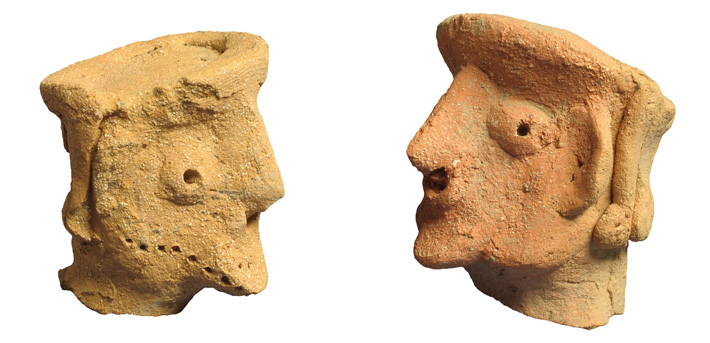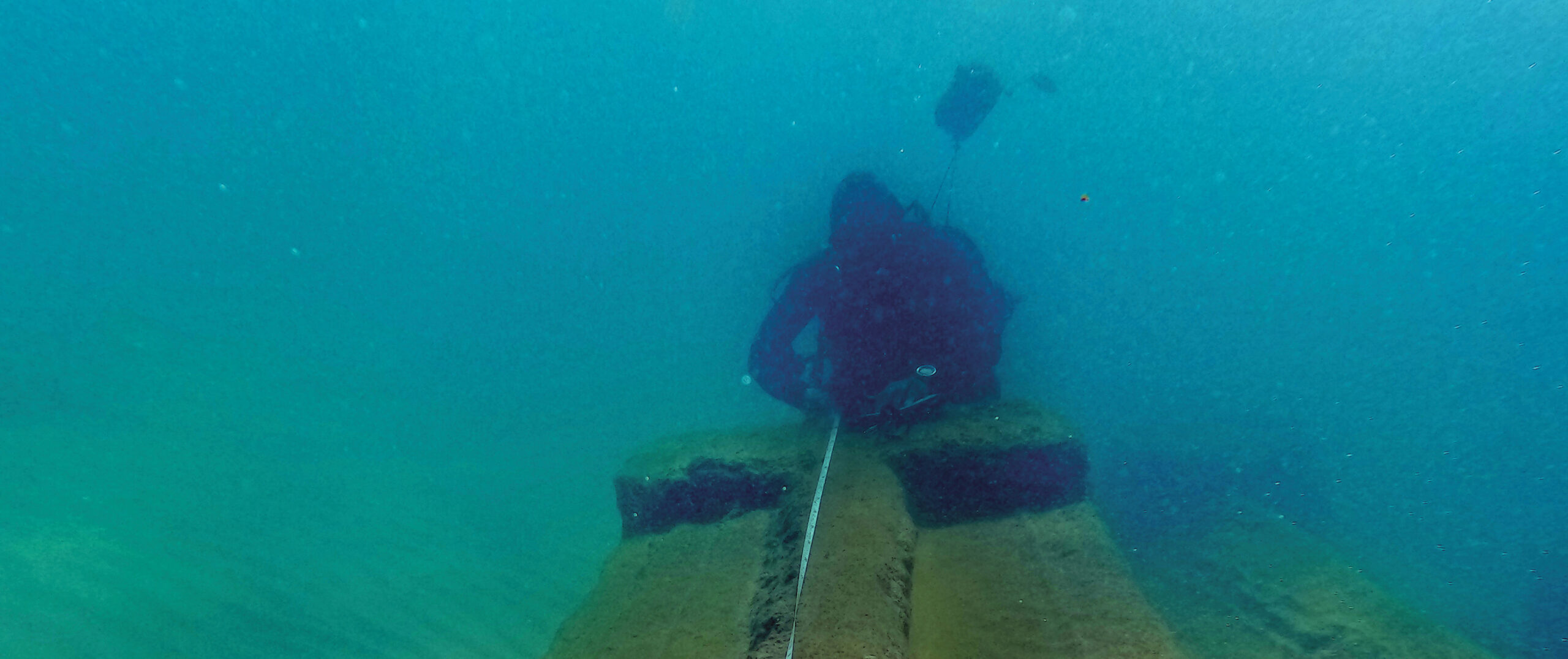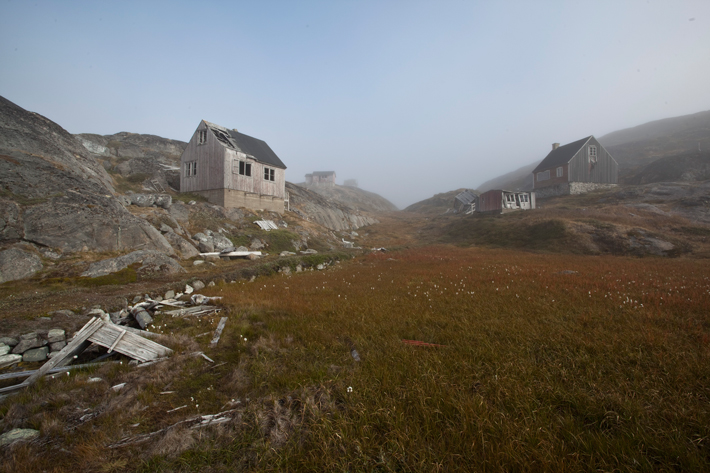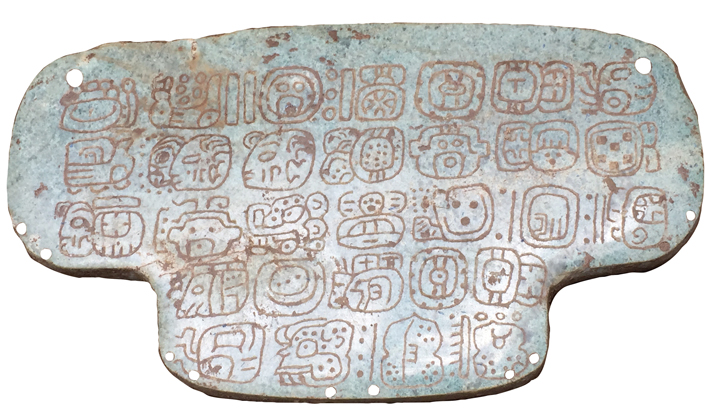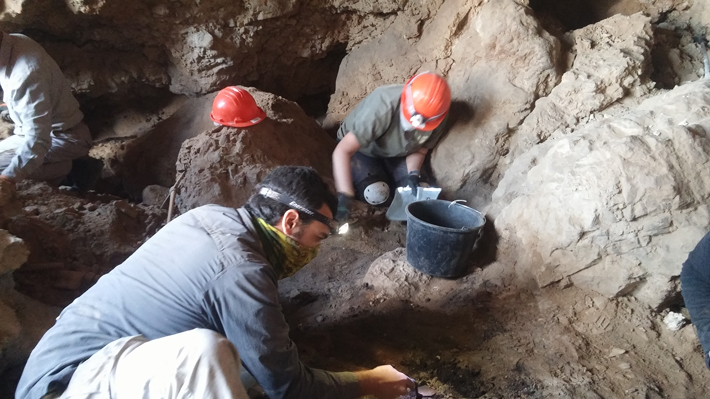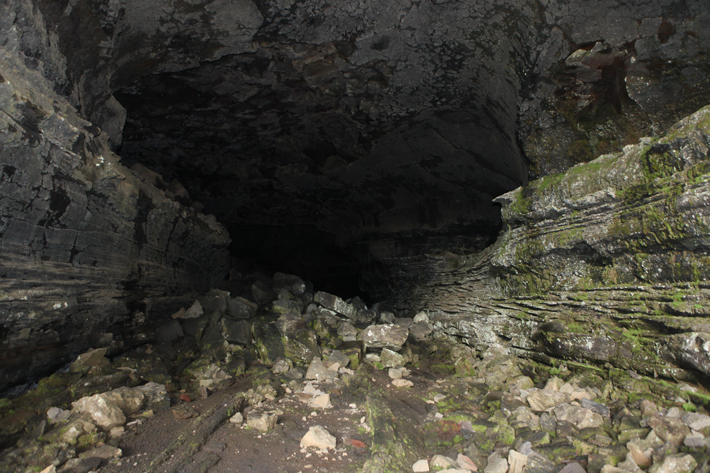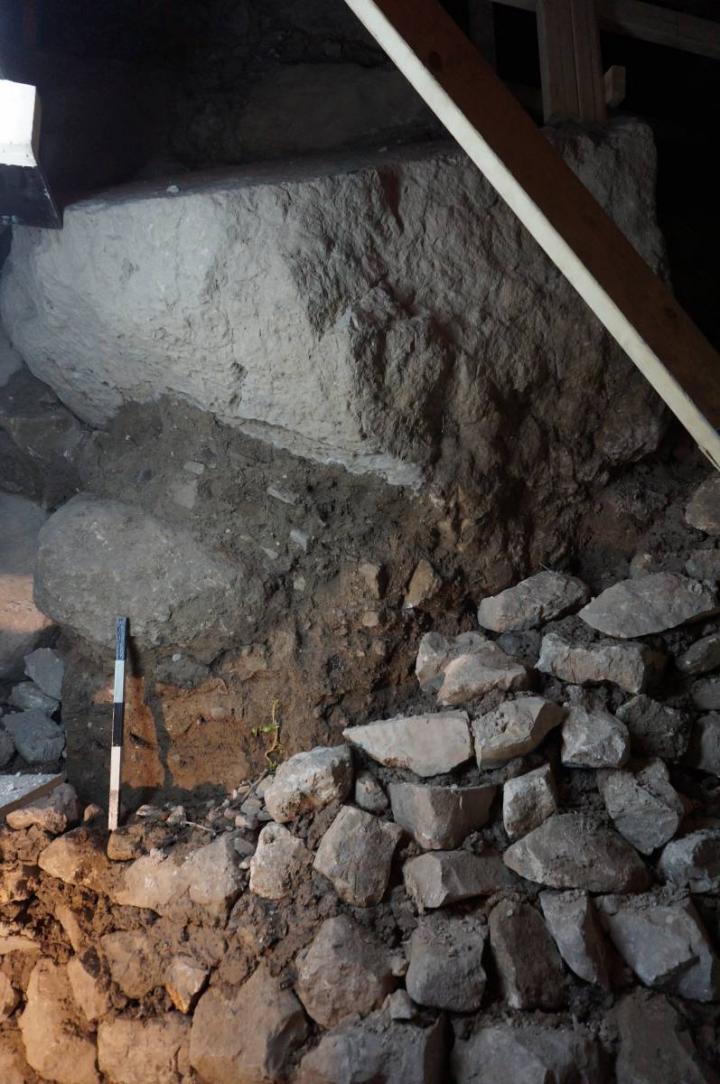
JERUSALEM, ISRAEL—According to a report in Live Science, new dates for a stone tower at Gihon Spring indicate that it was built 1,000 years later than had been previously thought. The tower, situated downhill from Jerusalem, guarded the city’s water supply. The original estimated date for the tower’s construction was based upon the Middle Bronze Age style of pottery and other artifacts at the site. Elisabetta Boaretto of the Weizmann Institute of Science and her colleagues examined the base of the tower, and found archaeological layers in the soil beneath its large boulders. Charcoal, seeds, and bones from the middle and lower layers of sediment were radiocarbon dated to about 1700 B.C. But samples in sediments near a large cornerstone yielded dates between 900 and 800 B.C. Boaretto said the new Iron Age date for the massive tower will have repercussions for other attempts to date construction and occupation in ancient Jerusalem. For more on archaeology in Israel, go to “Autumn of the Master Builder.”


